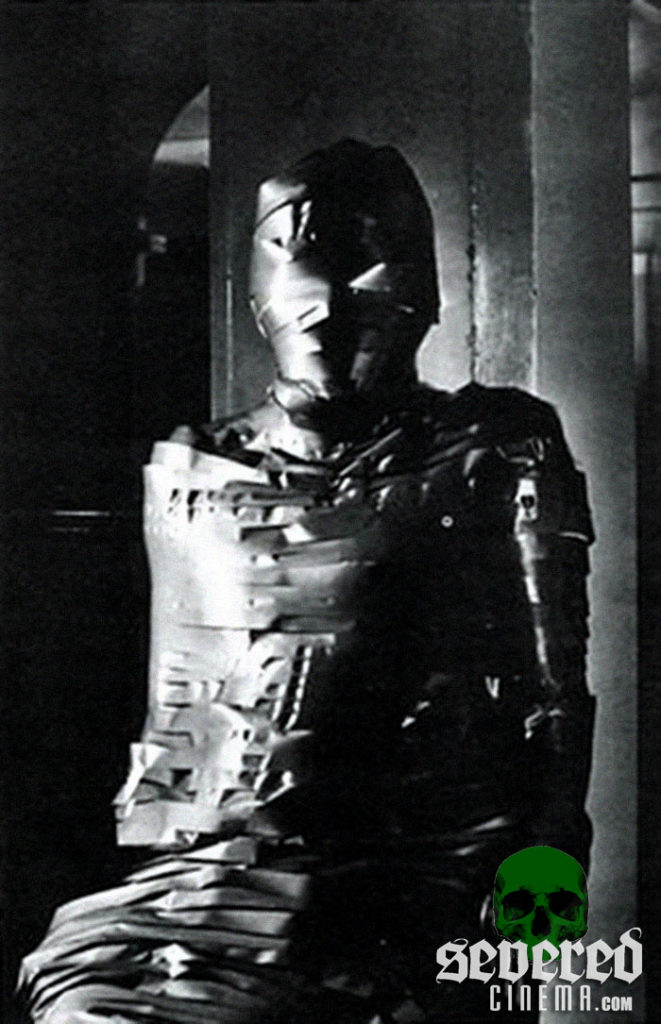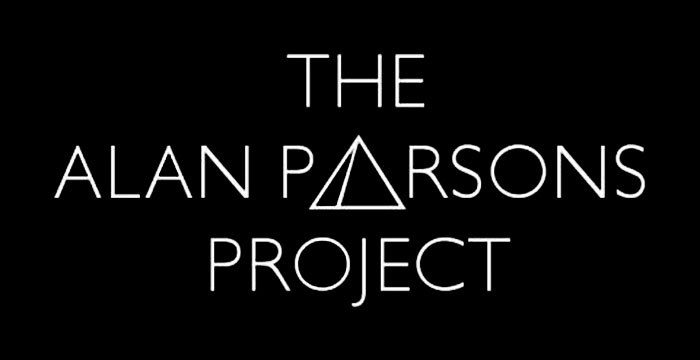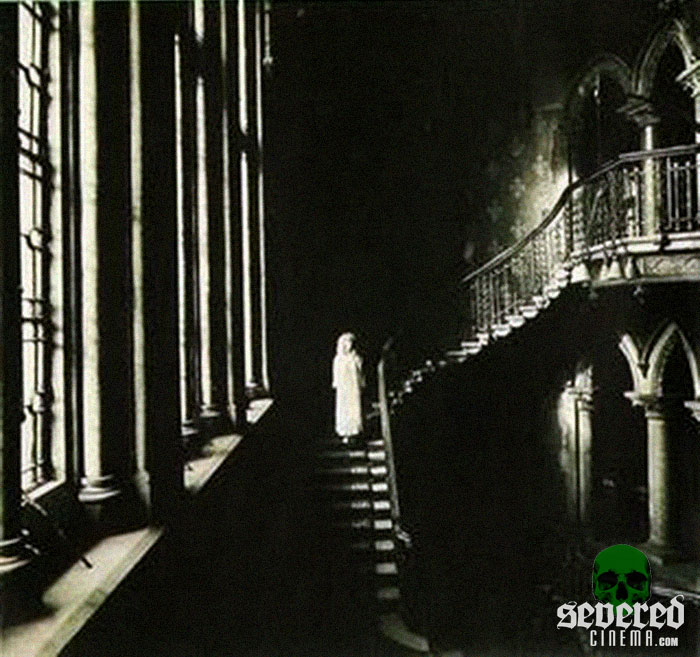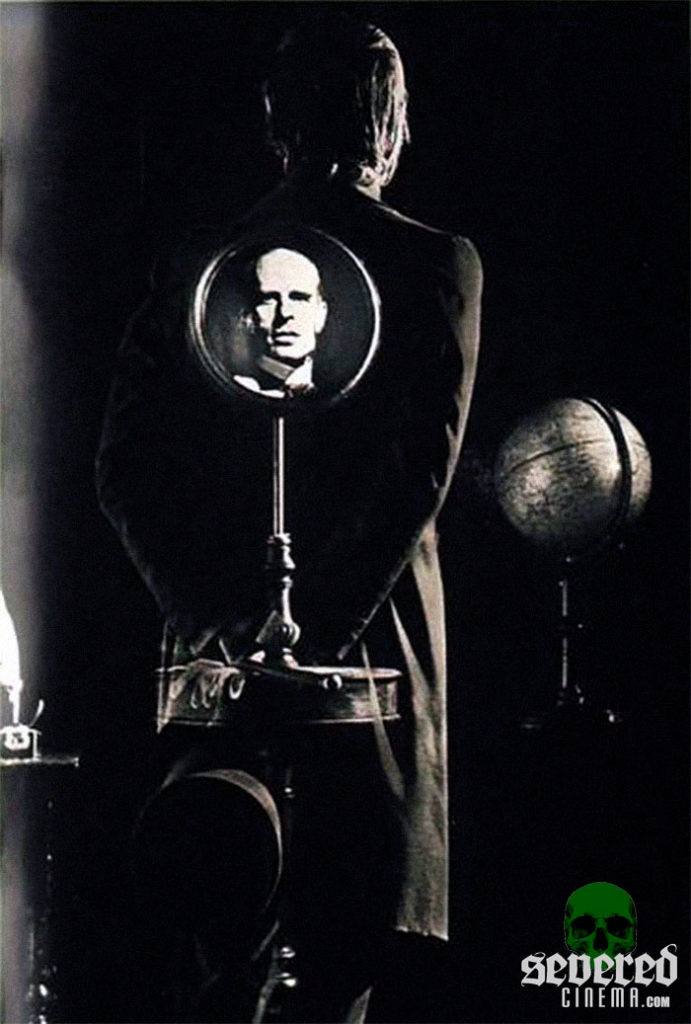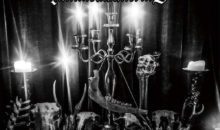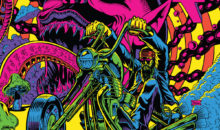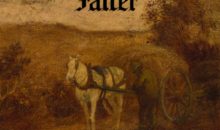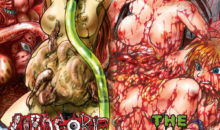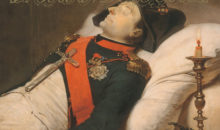The Alan Parsons Project: Tales of Mystery and Imagination Edgar Allan Poe Album Review!
Music Review:
Jay Creepy sure loves his older music. Check some of my previous LP reviews. ’60s and ’70s are my go-to eras for hidden gems. I chanced upon The Alan Parsons Project quite late on (a couple of years ago) when I discovered their 1990 album, Freudiana, tuning into a totally original and excellent concept album based around the life and the patients of, Sigmund Freud.
I feel their earlier work, Tales of Mystery and Imagination, is eyebrow raising that it is their début. The music and the array of guests stagger the dreamy ideas around the walls and desire a loud volume output with which to merge yourself into the music. The fact Orson Welles is called upon to narrate (he never met the duo of musicians) and one song has rocks first use of a digital vocoder means this is a glorious and dark mixed bag — hell, Arthur Brown’s here to!!!
Tales of Mystery and Imagination, an album constructed around Edgar Allan Poe must begin with a time line in the inner sleeve. For anybody new to his world, the sadness of so many deaths in his short lifetime hits you when it is bullet pointed across such a small space.
“For my own part, I have never had a thought which I could not set down in words….” thus starts the commanding voice of Orson Welles as the narrator before we hear the centrally instrumental, ‘A Dream Within a Dream,’ building itself up with much keyboarding mellowness. It relaxes the listener with gentle head nodding rhythms akin to Dark Side of the Moon era, Pink Floyd (incidentally involving Alan Parsons) and mid career, Genesis.
In electric rock opera style, that floats into ‘The Raven,’ which has the prior mentioned vocoder in full and, to be honest, it sounds like crap. Musically, the beat and the sounds-capes of keyboards work, but that ridiculous voice. Jesus! However, the infamous “Nevermore…” segment is truly chilling giving that it is followed by a brief instrumental part with neat backing. Thankfully, Alan Parsons must have unplugged his new toy for verse two — or somebody hid it — because the voice of actor, Leonard Whiting, is far better in the raw! “And still the raven remains in my room, no matter how much I implore, no words can soothe him….”
Leave it to Arthur Brown, in early King Diamond mode, and a scream, to raise the bar on the more upbeat, ‘The Tell-Tale Heart.’ “You should have seen him! Lying alone in helpless silence in the night….!” Theatrical and dramatic. You can imagine Arthur Brown — had this album been a musical on stage — leaping around as the actor crouches staring at the floorboards. I’m a huge fan of Mr. Brown, so he doesn’t disappoint here, nor does the busy and varied backing soundtrack. “Louder and louder, ’til I could tell the sound was not within my ears…” If you know the short story, you know where this is going.
How to better improve this? Perhaps not with, ‘The Cask of Amontillado.’ Painfully and emotionally rendered to violin and slow driving almost pop music. It takes a while to feel this one, to be honest, but it gets there in the end. Unfortunately, track 5 droops the album into a deep ravine which could be hard to claw out of. Seemingly directionless.
A deeply thoughtful interlude salvages the work, by Orson Welles which takes in regard the nature of music. Things plough onward into a lengthy orchestral instrumental piece — all very Fantasia-laden with menace. This extends through many acts. ‘II Arrival’ is a beautiful and simple organ piece as rain falls akin to the beginning of Is It A Dream, by The Damned, when out of nowhere flickering keyboard notes break in. Lush. Finally for less than a minute, ‘V Fall’ concludes this long rendition of, ‘The Fall of the House of Usher.’
The whole album ends with a chap from The Hollies, as he sings nicely to a nice beat, ‘To One in Paradise,’ leaves us with a sort of near death musing by Edgar Allan Poe speaking on his death bed.
I mentioned how the inner sleeve has a time line of the legendary writer and poet. Let us focus on some of the incredibly surreal and nightmarish photographs. A repeated image of a taped up man seems to be the bullet point. Poe’s tales had many captured or entombed people, so this fella apparently represents this. Aside from this, there are many gothic black illustrations to the songs (I’ve chosen a few for this review) Photographer, Storm Thorgerson worked with Black Sabbath, Led Zeppelin, The Cranberries and Genesis, amongst many other huge names.
All said and done, Tales of Mystery and Imagination is patchy in segments, but, for its time of release it was a brilliant idea setting the foundation solidly as more albums would arrive so offbeat from the popular music world. Heavily electronic, and very ’70s, if you want to invest some time for The Alan Parsons Project, this one is a good place to start.
Album Info:
Band: The Alan Parsons Project
Album: Tales of Mystery and Imagination Edgar Allan Poe
Members: Alan Parsons (Vocals, Synths, Recorders, Guitar, Organ) Eric Woolfson (Keyboards, Backing Vocals, Harpsichord) Ian Bairnson (Guitars) Orson Welles (Narration) Stuart Tosh (Drums) Billy Lyall (Piano, Glockenspiel) David Paton (Guitars, Bass, Backing Vocals) Arthur Brown, Leonard Whiting, John Miles, Terry Sylvester (Guest Vocals)
Year: 1976
Country: United Kingdom
Recorded: Abbey Road Studios, London.
Artwork: Hipgnosis, Storm Thorgerson.
Produced by: Alan Parsons
Mastering: Alan Parsons
Runtime: 43mins
Label: Mercury
Official Website: alanparsonsmusic.com
Track Listing:
1. A Dream Within A Dream
2. The Raven
3. The Tell-Tale Heart
4. The Cask Of Amontillado
5. (The System Of) Doctor Tarr And Professor Fether
6. The Fall Of The House Of Usher: Prelude
7. The Fall Of The House Of Usher: Arrival
8. The Fall Of The House Of Usher: Intermezzo
9. The Fall Of The House Of Usher: Pavane
10. The Fall Of The House Of Usher: Fall
11. To One In Paradise
